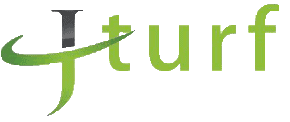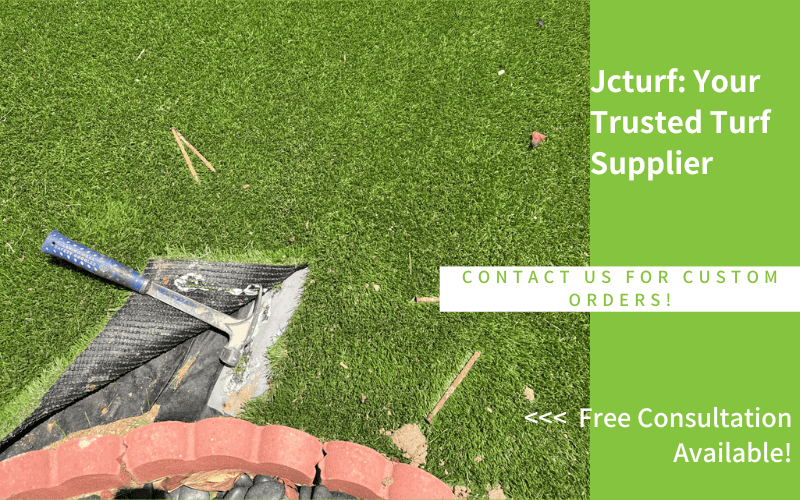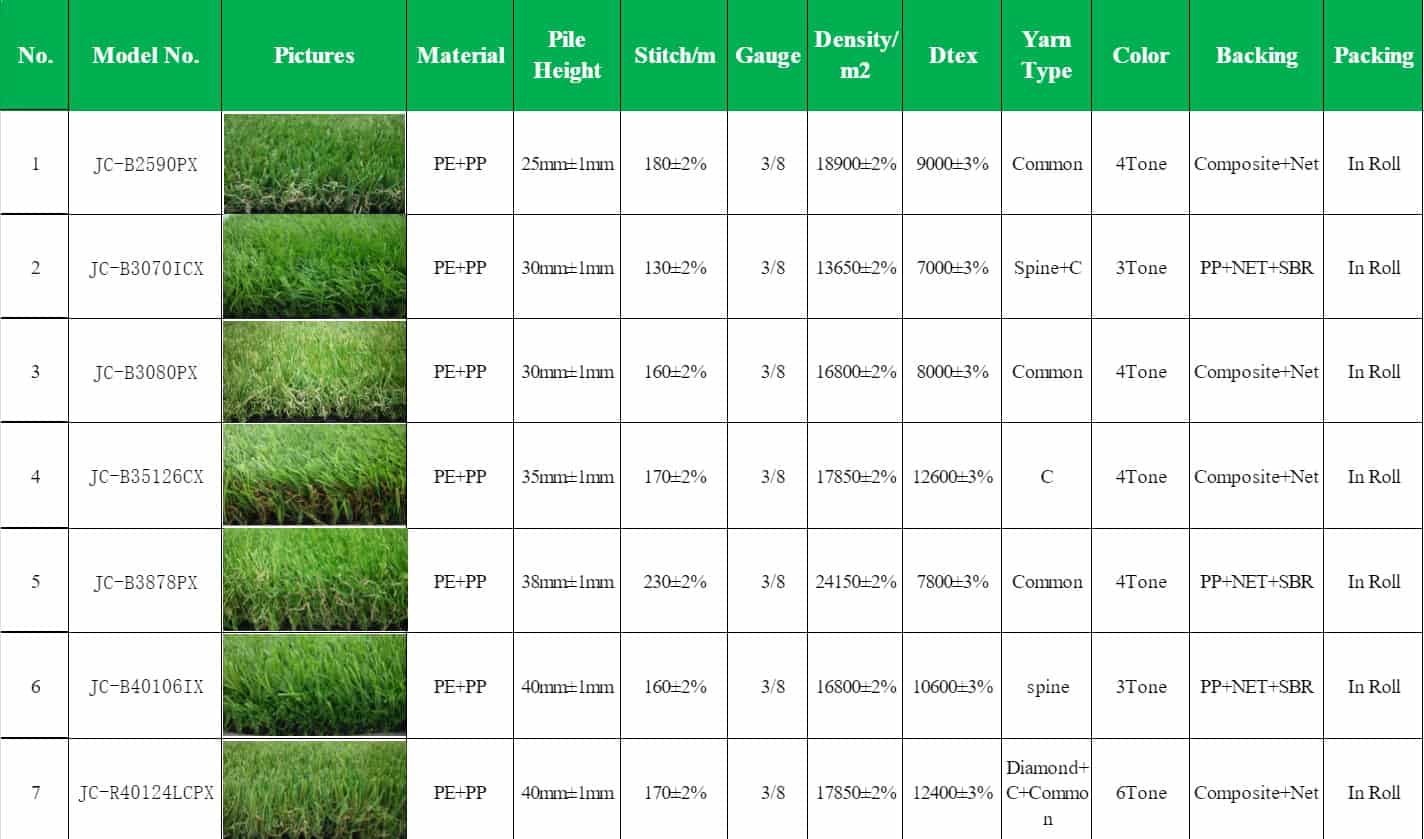To seam artificial turf, start by aligning the trimmed turf edges over a centered seam tape. Then apply turf adhesive evenly, press both edges down at the same time, and weight the seam for at least 24 hours to let it cure. Once dry, brush the fibers across the seam to help blend it in. That’s the basic process—but getting it right takes a little more attention to detail.
In this guide, you’ll learn exactly how to seam artificial turf step by step—from preparing the base and trimming the turf to applying glue and grooming the final result. We’ll also cover the tools you need, how to choose between straight and S-shaped seams, and the most common mistakes to avoid. You’ll get tips for seaming on different surfaces like soil or concrete, advice for making seams nearly invisible, and simple ways to inspect and maintain your turf after installation.
Step-by-Step Guide to Seam Artificial Turf Like a Pro
Seaming artificial turf isn’t complicated, but it does require attention to detail. If done right, the seams will blend in and stay strong for years. This guide breaks the process into simple steps you can follow—even if it’s your first time. Let’s get started.
Step 1: Prepare and Clean the Base Surface
A good seam starts with a clean, stable base. Remove all debris, rocks, or grass from the surface. Use a rake to level the soil or concrete and make sure the area is dry. A clean base ensures the adhesive bonds properly and prevents bumps under the turf.
Step 2: Lay Out and Position the Turf Rolls
Unroll the turf pieces where you plan to install them. Let them relax under the sun for a few hours to reduce curling. Align all rolls so the blades point in the same direction—this keeps the final surface looking natural.
Step 3: Trim the Edges for a Tight Fit
Use a sharp utility knife to cut along the rows between stitches. Always cut from the backing side, not the grass side, for cleaner lines and better control. Leave a small space (1–2 mm) between the edges for expansion, but avoid overlapping.
Step 4: Place the Seaming Tape Correctly
Center a strip of seam tape beneath the joint, making sure it runs the full length of the seam. Smooth it flat—any folds can cause uneven bonding. For outdoor use, ensure the tape is non-woven and UV-resistant.
No tape available? Apply adhesive directly to the base in a straight line. This method is less durable, but works for small or low-traffic areas.
Step 5: Apply Adhesive Evenly
Spread the adhesive over the seam tape using a notched trowel. Apply a thin, even layer—too much glue can create lumps, while too little weakens the seam. Work in short sections so the glue doesn’t dry before joining.
If you’re installing in hot weather (above 30°C) or on a windy day, be aware that the glue may set faster. In these cases, shorten your working sections to avoid dry spots.
Step 6: Join the Turf Edges Seamlessly
Carefully fold each turf edge onto the glued tape at the same time. Line them up edge-to-edge—don’t let them touch until you’re sure of the position. Press down firmly across the seam.
Doing it by hand? Use your palms or a flat board to apply even pressure. Place bricks or heavy objects along the seam to hold it in place. Check from above to ensure blades are upright and not tangled at the seam.
Step 7: Secure and Weight the Seam
Go over the seam with a seam roller or firm hand pressure. This helps bond the turf to the tape and pushes out air bubbles. Leave weights along the seam for 24 hours to let the glue cure fully.
Step 8: Final Grooming and Seam Check
Once cured, brush the turf fibers with a stiff broom across the seam line. This helps hide the joint and brings the blades upright. Check the seam from multiple angles—if you still see a line, add a bit of infill to blend it.
Tools and Materials You Need to Seam Artificial Turf
To seam artificial turf properly, you need a few essential tools and materials. These help create strong, long-lasting joins that won’t lift or shift over time.
The most important item is seaming tape, which sits under the turf edges and holds them together. Make sure to use high-quality, non-woven tape for outdoor applications. You’ll also need turf adhesive, typically a two-part polyurethane glue or a single-component option for smaller jobs. Apply the adhesive with a notched trowel, which spreads the glue evenly.
For trimming and aligning turf edges, use a sharp utility knife. To press the turf onto the tape and bond it firmly, you’ll need a seam roller or at least heavy objects like bricks. A stiff broom is also useful at the end to brush up the fibers and disguise the seam.
Quick Checklist:
- Seaming tape
- Turf adhesive
- Notched trowel
- Utility knife
- Seam roller or heavy weights
- Stiff broom
Alternative Tools for DIY Installers
If you don’t have a seam roller, use a piece of plywood and walk over it for pressure. No notched trowel? A plastic spatula or putty knife can help spread glue. While not perfect, these substitutions work well for small areas or one-time projects.
Choosing the Right Type of Seam: Straight vs S-Shaped
There are two main types of artificial turf seams—straight and S-shaped. Each has its own advantages when it comes to installation speed, seam visibility, and overall look. In this section, you’ll learn when to use a straight seam, when an S-shaped seam is better, and how turf grain direction affects the final result.
Straight Seam: Fast and Simple for Open Areas
A straight seam means aligning the two turf edges in a straight line. It’s fast, easy, and minimizes turf waste. This method is common in wide open areas like sports fields or backyards where seams aren’t too noticeable. However, it may leave faint visible lines if not aligned perfectly.
S-Shaped Seam: More Natural, Less Visible
This method involves trimming the turf edges in a wavy pattern before joining. The irregular edge hides the seam better, blending the blades naturally. S-shaped seams take more time and skill to cut, but the result looks more like real grass—especially in high-traffic or visible areas.
Match Seam Direction with Turf Grain
No matter which seam type you choose, always check the turf’s grain direction (the way the blades lean). Seams are less noticeable when all turf pieces follow the same grain. Mixing directions makes seams stand out, no matter how well they’re cut.
Common Mistakes When Seaming Artificial Turf (and How to Avoid Them)
Even a small mistake during the seaming process can lead to visible lines, lifted edges, or weak bonds. The good news is that most of these problems are avoidable—and fixable. Here are the most common turf seaming issues and how to prevent them.
Misalignment Between Turf Rolls
If turf rolls aren’t aligned properly, the blades will lean in different directions, making the seam obvious. Always check blade direction before trimming and joining. Dry-fit the rolls and step back to check the seam from a distance—misalignment is often easier to spot at a glance.
Uneven or Excessive Glue Application
Using too much glue can cause lumps, while uneven spreading leaves weak spots. Apply a consistent, thin layer with a notched trowel. Don’t rush—take your time to get full coverage.
Seam Buckling or Lifting After Installation
This often happens when the turf is stretched too tightly or the seam wasn’t weighted properly. Never pull the turf to make it fit. After joining, use heavy weights and let the glue cure for at least 24 hours. Also avoid seaming during very hot weather—adhesive may cure too quickly and cause the seam to warp if not pressed immediately.
How to Fix a Bad Seam After Installation
If a seam looks visible or starts to lift after the turf has cured, you can lift the edges gently and reapply adhesive. Add weight again and let it set fully. Brushing and adding infill can help disguise minor lines.
How to Seam Turf on Different Surfaces (Soil, Concrete, Decking)
Seaming turf isn’t a one-size-fits-all process—your base surface matters. Whether you’re installing over soil, concrete, or decking, each type requires a slightly different approach to ensure proper bonding and stability.
Not sure what surface you have? If it’s soft and compacted, it’s likely soil. Smooth and hard? That’s concrete. Elevated wooden floors or rooftops count as decking.
Seaming on Soil
Level the soil and compact it firmly using a plate compactor. Add a weed barrier and crushed stone layer if possible. Use standard seam tape and adhesive, and make sure the tape sits flat without shifting as you press the turf into place. If the edges are exposed, use landscaping spikes or U-pins to hold the turf securely along the seam.
Seaming on Concrete
Clean the surface thoroughly—no dust, grease, or loose particles. Use seaming tape with adhesive, or apply glue directly to the concrete base. Weight the seam heavily, and check that the glue is compatible with non-porous surfaces. Check the adhesive label for compatibility with concrete and outdoor use.
Seaming on Decking or Rooftop
Make sure the surface is clean and fully dry. For wood or rooftop decks, avoid adhesives that could damage waterproofing. Instead, consider double-sided tape or velcro strips for temporary installs. Always allow for water drainage beneath the turf.
Expert Tips to Make Turf Seams Virtually Invisible
Even with proper installation, seams can still be slightly visible in bright light or at certain angles. Here are a few expert tricks to make your turf seams blend in more naturally:
- Brush the fibers across the seam.
Use a stiff broom to lift the blades and cover the cut line. This simple trick improves visual consistency. - Add a small amount of infill.
Spread silica sand or rubber granules along the seam to support the fibers and reduce shadow lines. - Check turf grain direction.
Always install turf pieces with blades facing the same way. If the grain doesn’t match, seams will stand out no matter what. - Use a seam roller after curing.
Pressing the seam helps flatten high spots and blends edges together more evenly.
Can You Completely Hide Turf Seams?
Not always. With good installation and finishing, seams can become nearly invisible—but in direct sunlight or from certain angles, a faint line may still appear.
Final Inspection & Maintenance Tips After Seaming
Once the seam is glued and weighted, let it cure undisturbed for at least 24 hours. Don’t walk on it, drag objects, or brush the turf during this period. After curing, check the seam for lifting, gaps, or uneven bonding. If needed, press it down again and add extra weight.
In the first few weeks, avoid high-impact activities over the seam. Regularly brush the turf across the seam line to keep the blades upright and minimize visibility. A quick inspection every few months will help spot early signs of lifting or wear, especially in high-traffic areas.


